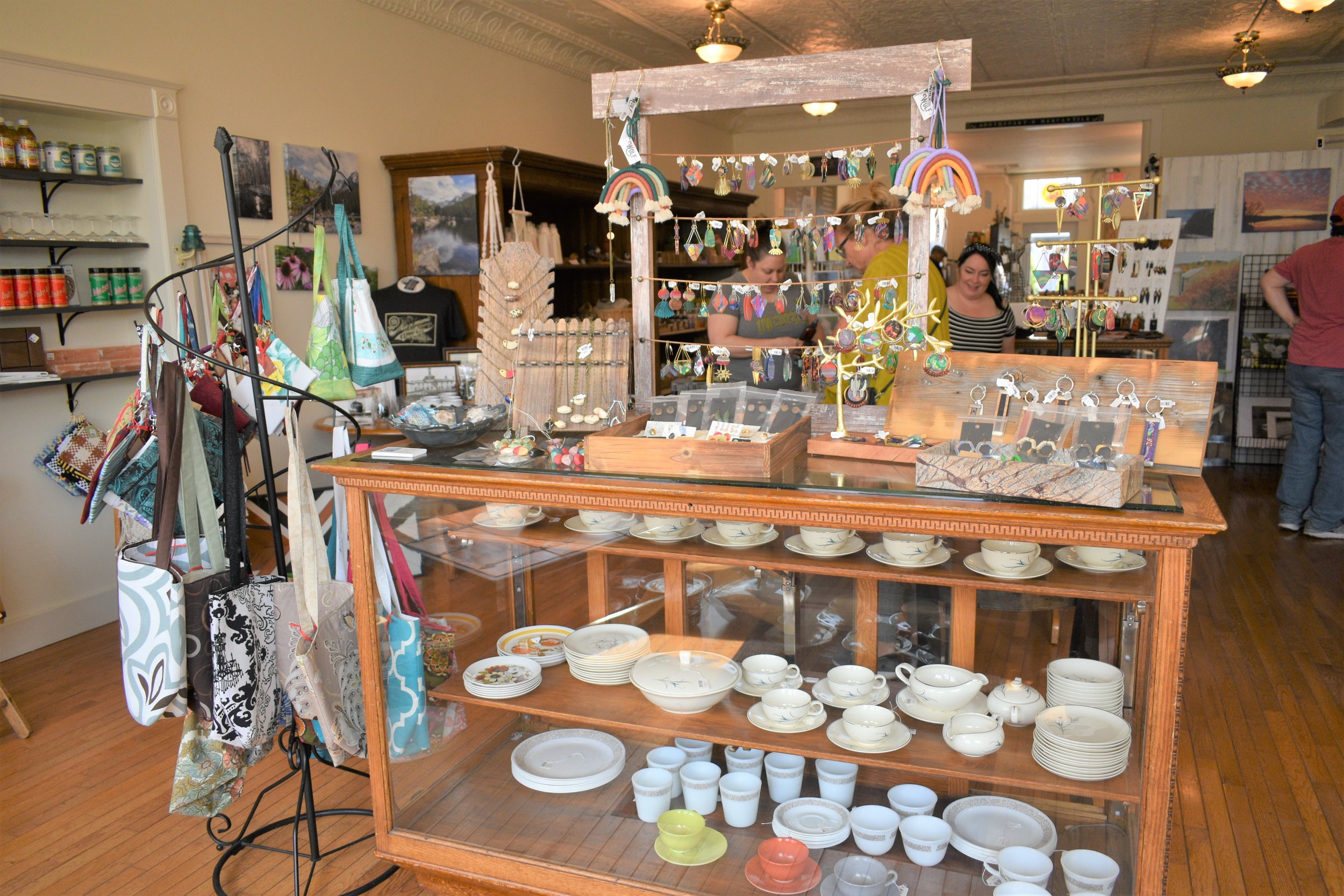Learning from each other, learning from the land: Lee’s Tree Farm kicks off Coon Creek Community Watershed Council’s 2024 field season
For Toby Lee and Joan Greendeer-Lee, practicing forest management in the Coon Creek Watershed is all about creating thriving woodlands for the next generation. Greendeer-Lee and Lee are looking forward to sharing more about their forestry practices as hosts of the Coon Creek Community Watershed Council’s first field visit of Summer 2024, which they will hold on their Coon Valley tree farm June 5th.
The nonprofit Coon Creek Community Watershed Council (CCCWC) coordinates field visits, like the one Lee and Greendeer-Lee are hosting, monthly during the summer. These events are a place where Coon Creek Watershed producers and other residents can connect with and learn from each other about the conservation practices that work best on the lands where they live.
In addition to learning from each other, Lee and Greendeer-Lee say it’s important for watershed residents to take time to learn from the land itself.
“No matter where your land is, as you learn about it, it takes a lot of effort for good stewardship and care of the place,” Greendeer-Lee said. “It takes time and effort, and you need to put that time and effort in to keep it well.”
Greendeer-Lee and Lee take this approach seriously in their own forest management practice. They have managed a diverse array of woodlands across the region since the 1990s, harvesting red oak and other hardwoods, and occasionally, some varieties of pine.
“There had always been woods in the Driftless, and those woods were harvested,” Lee said. “Historically, loggers would take the best trees and leave the junk. The plan is to reverse that process, to clean up the forest.”
When they are not harvesting timber, Lee and Greendeer-Lee work to help their forests thrive amid challenges like increasingly severe weather and changing forest ecology.
One of Lee and Greendeer-Lee’s key priorities is minimizing soil loss in their woodlands, especially where timber harvesting leaves the ground exposed and disturbed. According to Lee, creating buffers around streams and gullies and excluding them from harvest, as well as re-establishing vegetation and planting tree seedlings quickly after harvest, are a few strategies that reduce soil erosion in logged areas.
“These practices have undoubtedly had a positive impact on reducing the erosion on our farms,” Lee said. “Nonetheless, over the past decade we have seen unprecedented flooding in the gullies as a result of abnormally heavy rains. Roads through the woods that were constructed generations ago have now been washed out.”
As severe floods become more frequent across the region due to climate change, practices that help reduce flooding and runoff are increasingly critical to reducing erosion.
For Lee and Greendeer-Lee, understanding how water moves through a particular forest stand is an important first step to minimizing flooding and erosion, as well as sustaining land, water, and traditions more broadly.
Diverting runoff into the forest by sloping logging roads is one way to slow water as it travels through the woods and reduce erosion, Lee said. Greendeer-Lee, who is Ho Chunk, also locates and cares for the springs that flow in forest stands, which are sacred. Where logging roads must cross a spring or gully, Lee and Greendeer-Lee install culverts to protect both.
Lee said that many of these forestry practices can be done by hand. Others, like cleaning up timber stands after a harvest, are usually best handled by timber buyers. Lee noted that it is important for foresters to detail their expectations for timber harvesting in their contracts with buyers to ensure the best care for forested lands.
“It’s been a learn-as-you go process,” Lee said. “Neither of us have any formal training in forestry or forest management.”
Instead, Lee and Greendeer-Lee have turned to the broader forestry community for guidance and support, as well as to partners like the Natural Resources Conservation Service and the WI Department of Natural Resources.
“With each experience, we’ve learned a little bit more,” Lee said. “Whether it is harvesting timber or timber stand improvement, what has evolved is a forest that is healthier, more productive, and more enjoyable for the next generation.”
Lee recommends that people interested in forest management familiarize themselves with practices that improve forest health over time, as well as the cost share opportunities that can help them launch their operations.
CCCWC is pleased to be one source of support for Coon Creek Watershed residents looking to incorporate forestry practices on their land. With support from The Nature Conservancy, CCCWC is able to provide cost share of $10 for every tree watershed residents plant, for up to 50 trees per resident.
Those interested in learning more about these cost share options and forestry in the Coon Creek Watershed are encouraged to attend the Coon Creek Community Watershed Council’s June 5th meeting at the Lee Farm, located at S185A Lee Ln. Coon Valley, WI. The meeting starts at 6:30, with a community dinner beginning at 6:00. The event is free and all are welcome.
The mission of the Coon Creek Community Watershed Council is to continue the historic legacy of conservation leadership through improving and restoring our soil, water, and air as stewards of the Creek Watershed. We focus on strategies and practices that individuals can implement. Together, we are learning to make running water walk.












